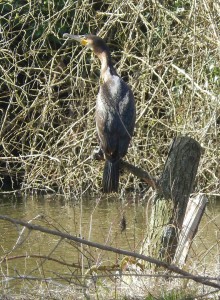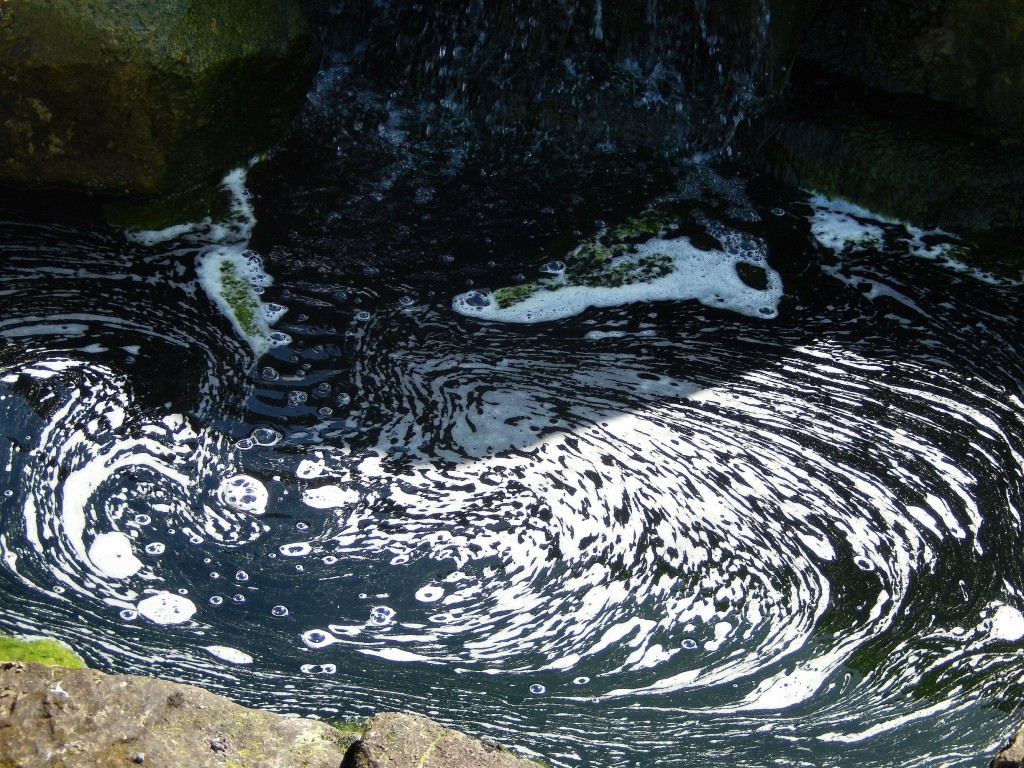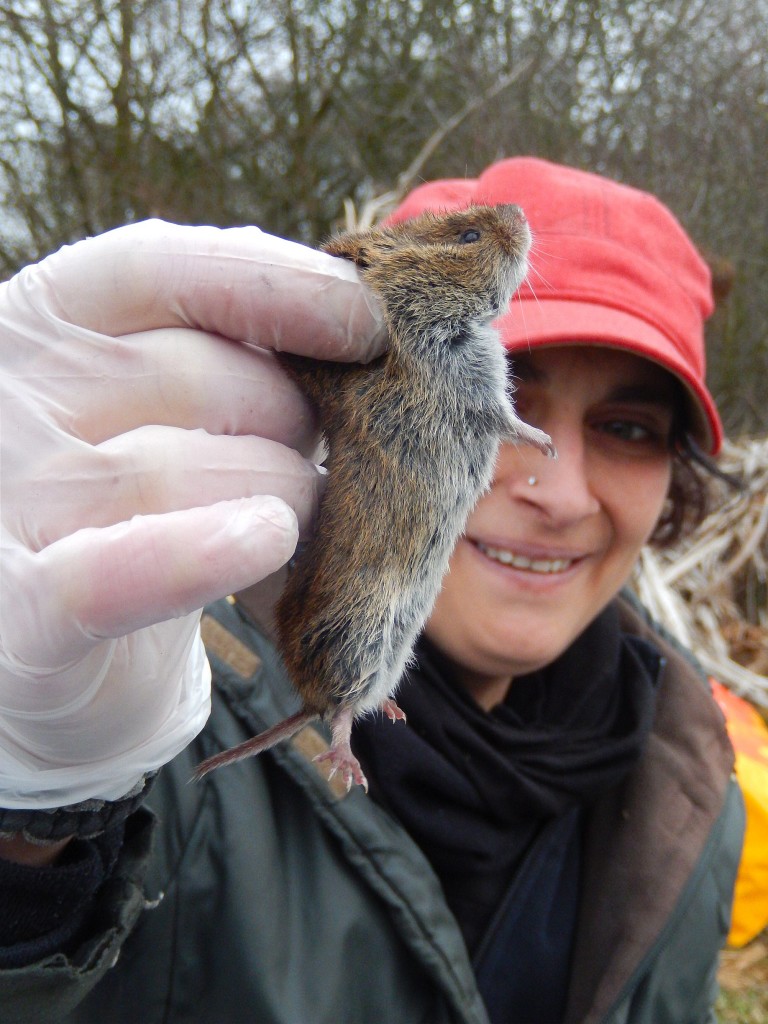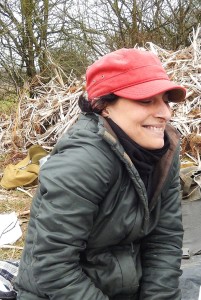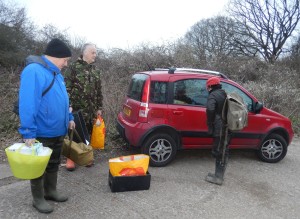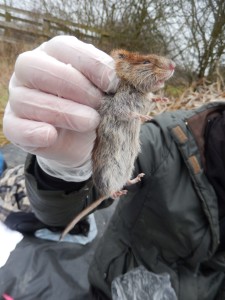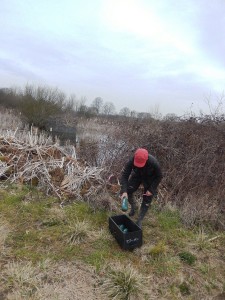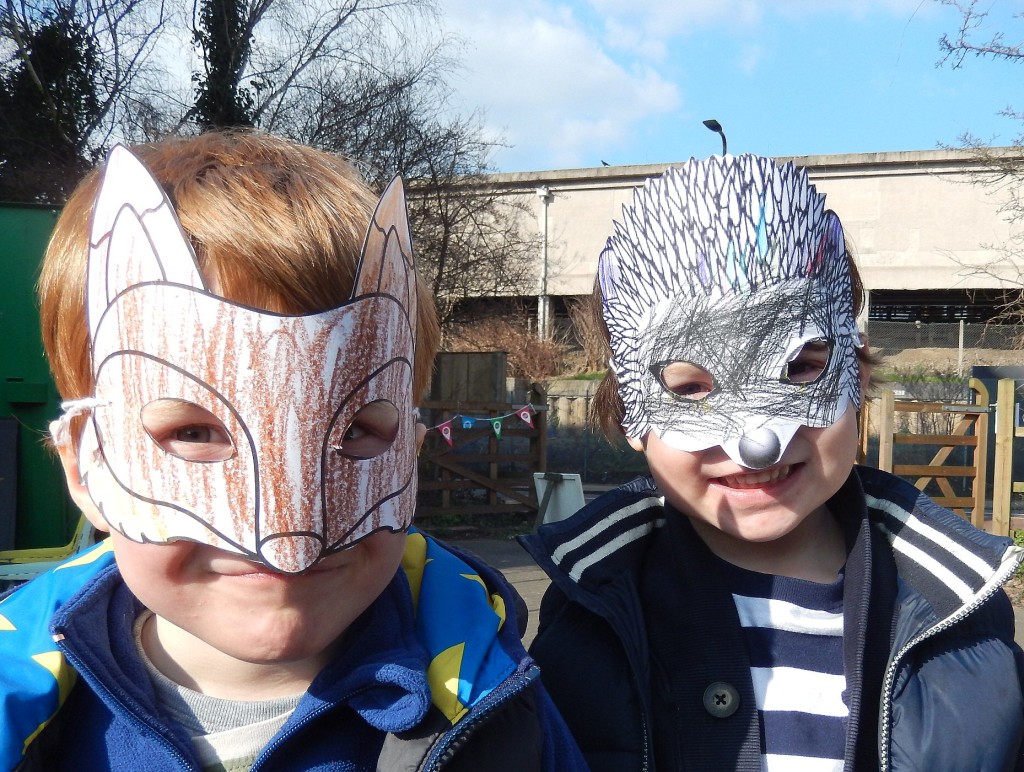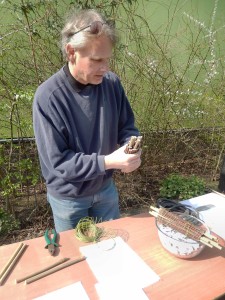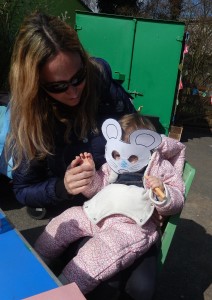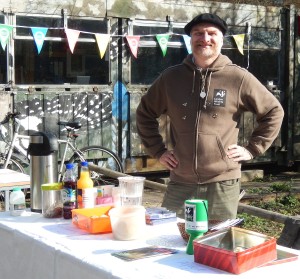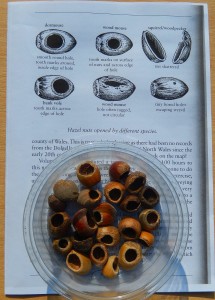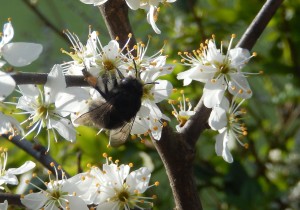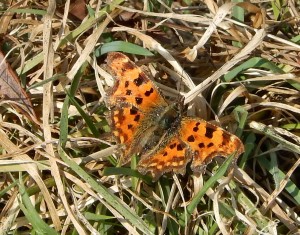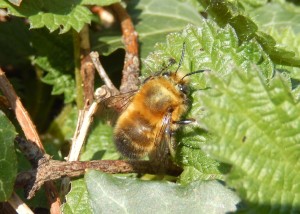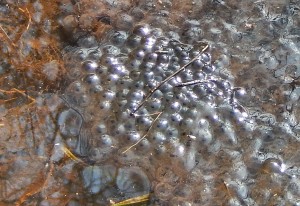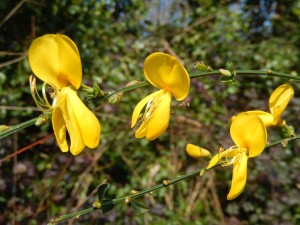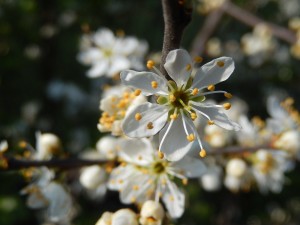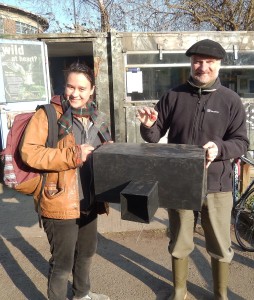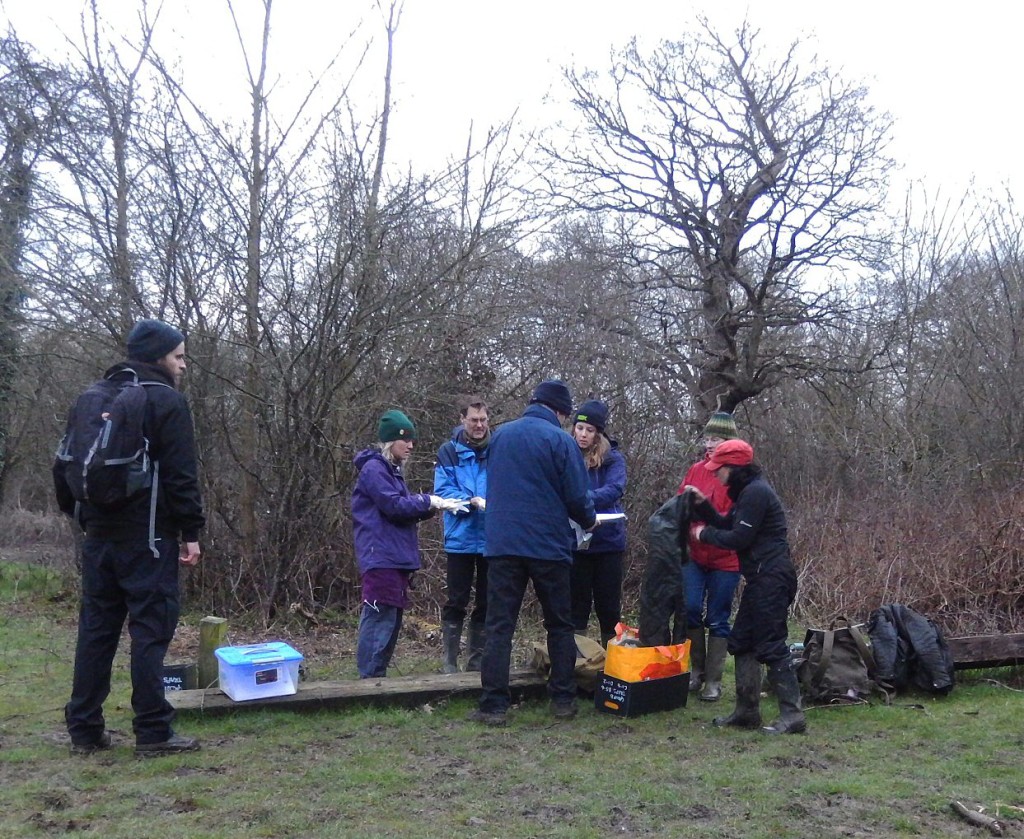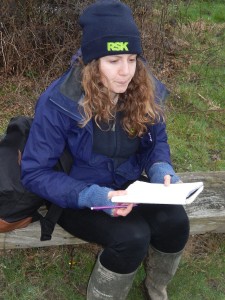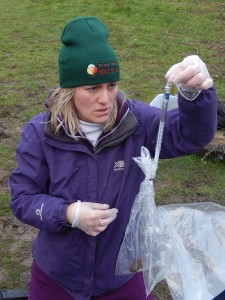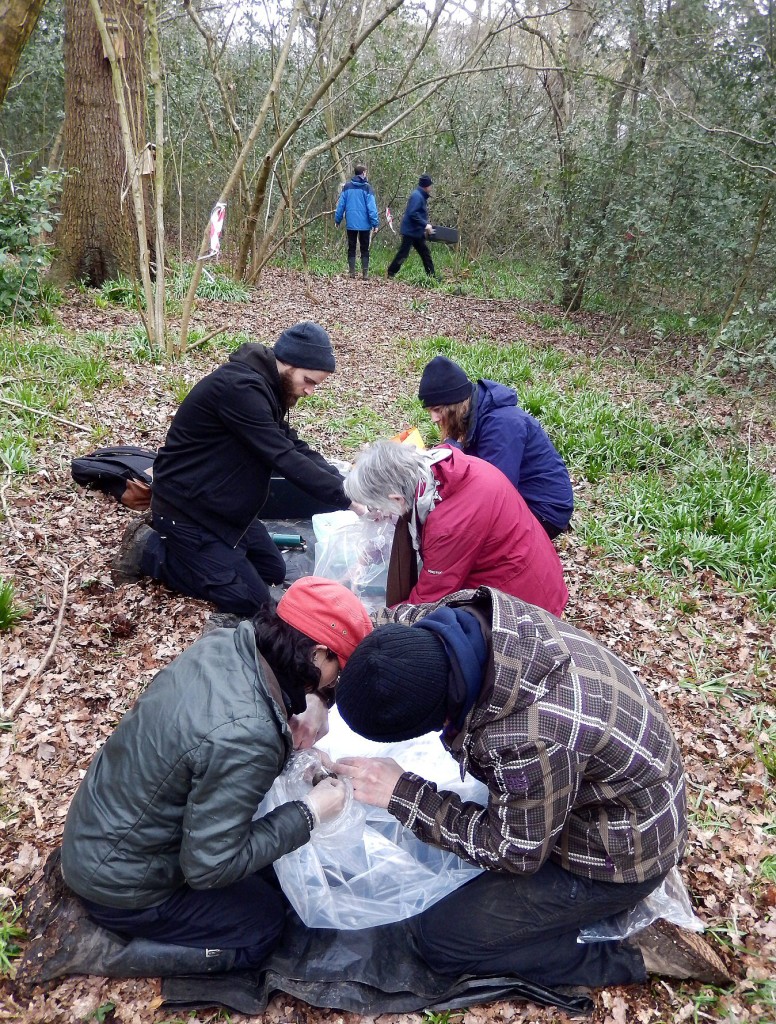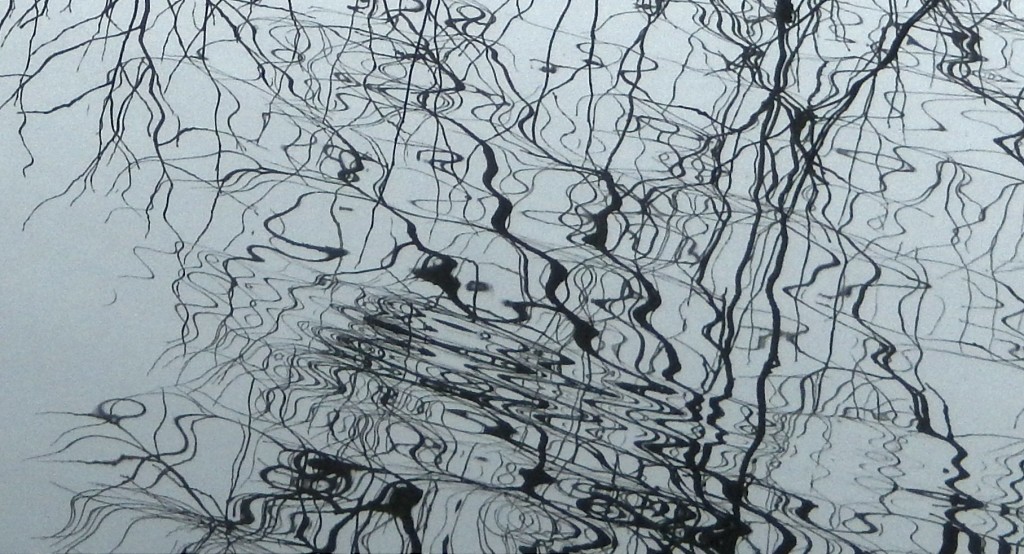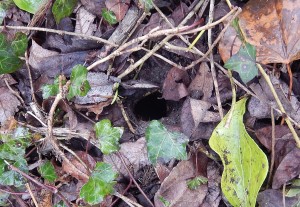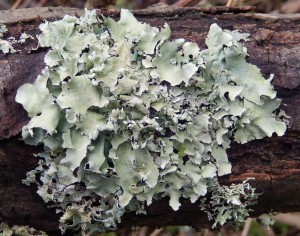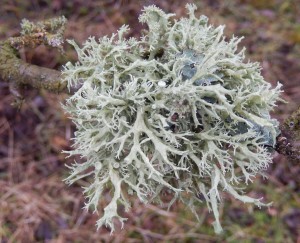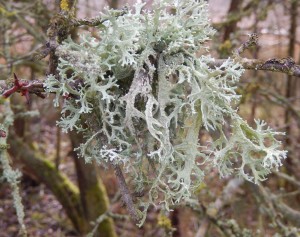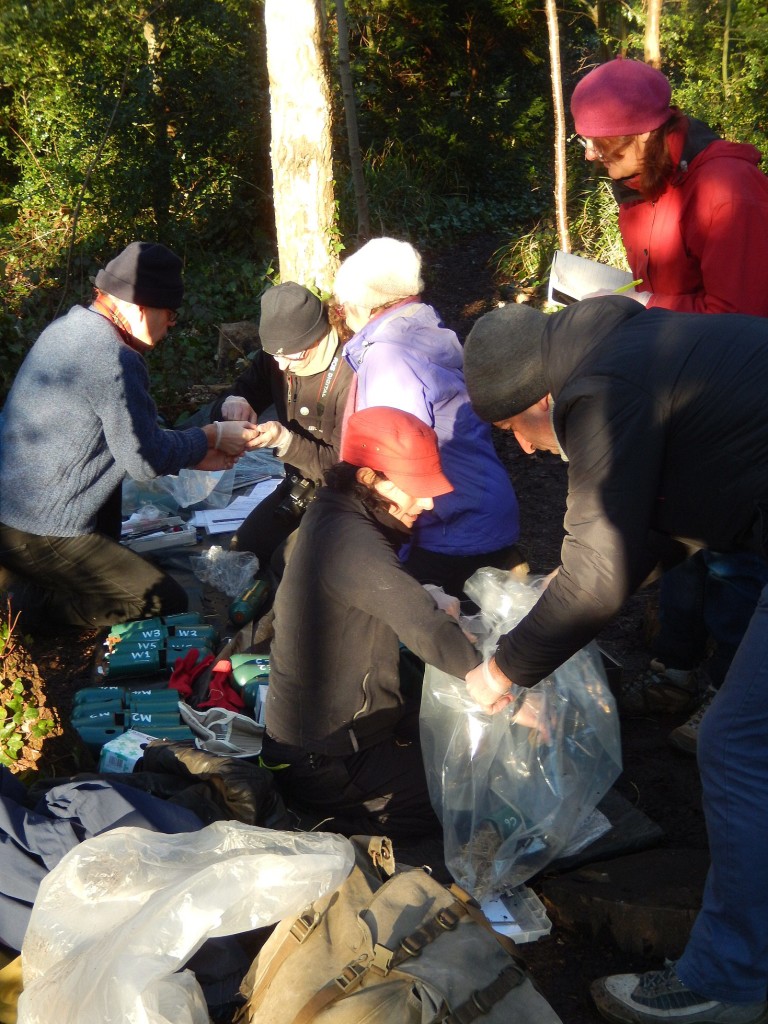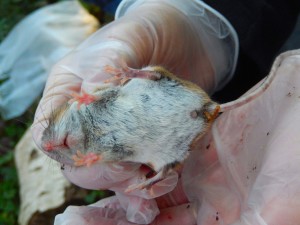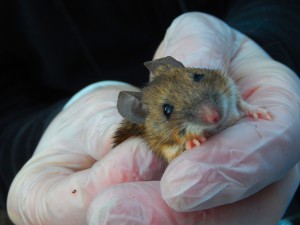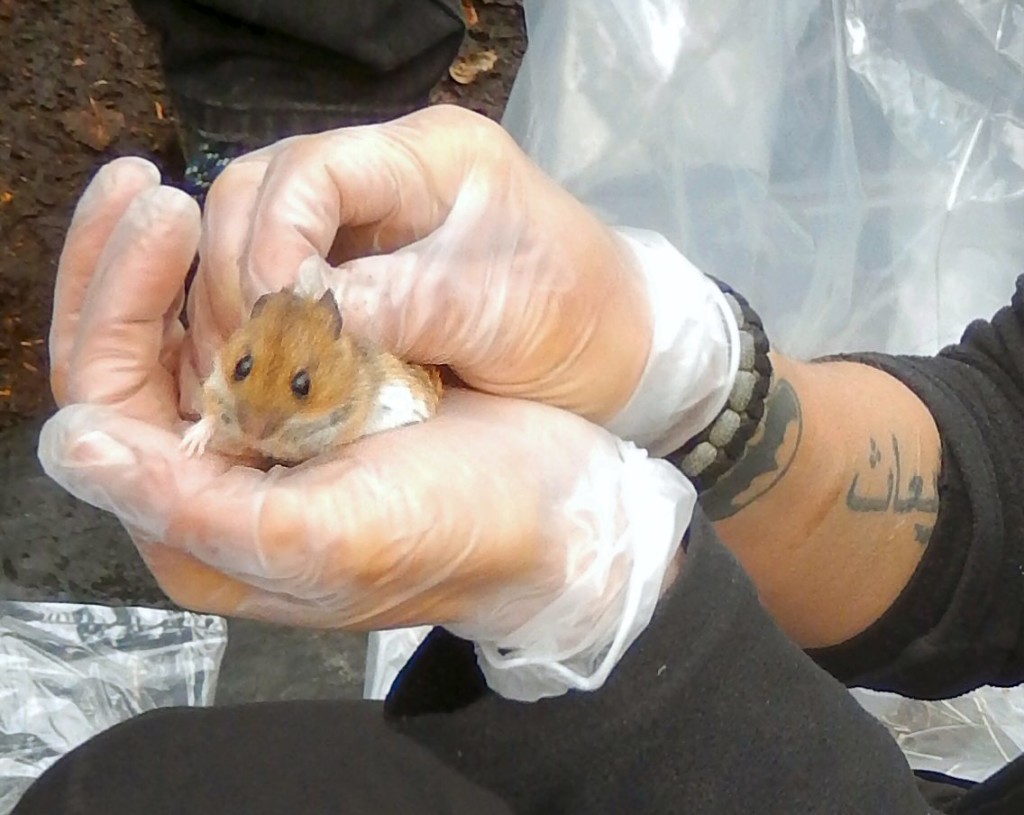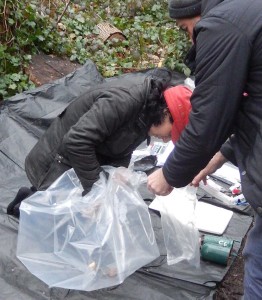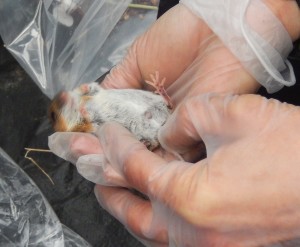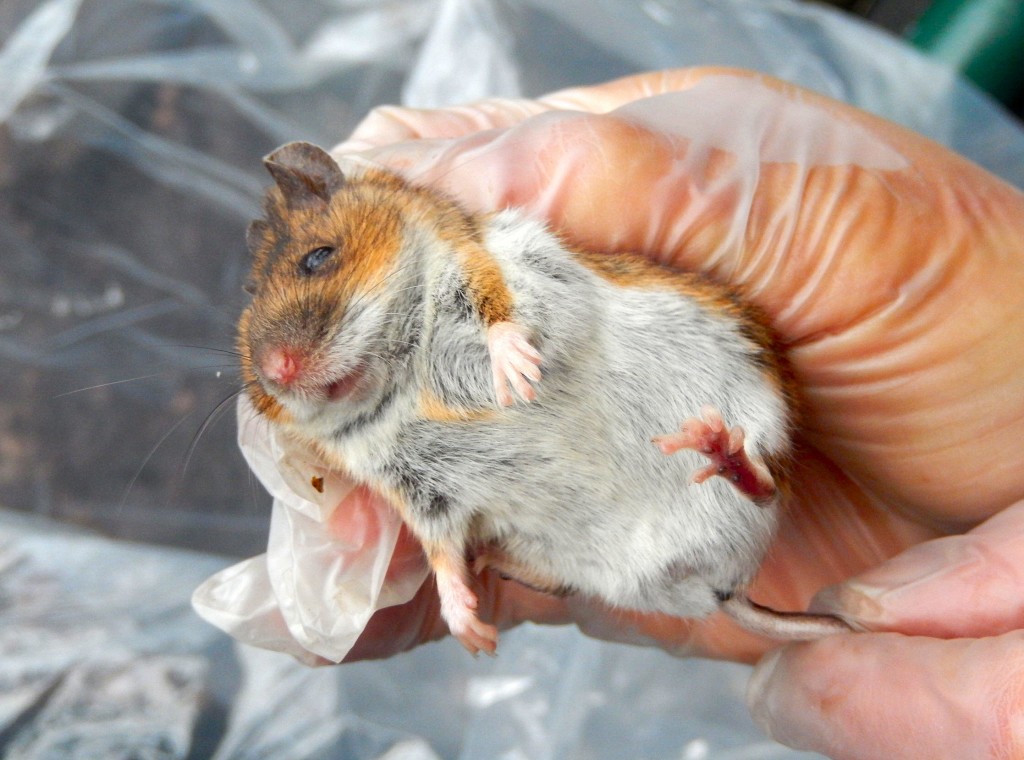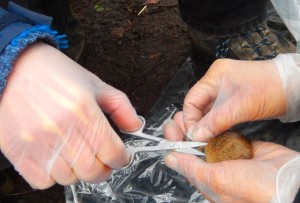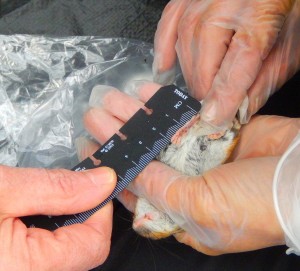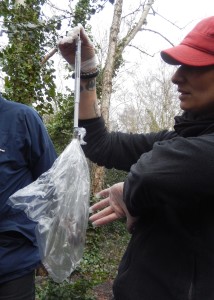My wife looked at me with a mixture of surprise and concern as I made for the door without breakfast. At least have a coffee, she said. I poured a cup of the hot steaming milk and espresso, and drank it alla Milanese, standing up, rapidly, with a minuscule bite to eat, before rushing off to work. Though in my case it was not so much with immaculate suit and the slenderest of briefcases, as with gumboots and mountain waterproofs from top to toe.
The traps had been out overnight, not so cold now but definitely wet. I went off to pick up a row of traps: all six had been triggered, and they felt heavy, as if mammals were within.
Back at the analysis point, Huma and Ollie had set up a Base Camp that Bear Grylls would have been proud of — a neat tarpaulin arrayed with all the equipment, underneath a canopy stretched on baletwine between four trees. The rain dripped gently down, and the area around the tarpaulin turned steadily into mud.
We opened the traps one by one, gently picked up the Woodmice, identified them by the code marks clipped into their back fur, and weighed them. Identification is not as easy as it might sound, as mice wriggle, and the marks are not necessarily exactly where they ought to be. We’re also reusing the same codes for males and females, so we have to sex the mice. At least the males are generally larger, wrigglier and heavier, so a guess is likely to be right, but weights overlap and the external signs are not very different, mainly just a larger distance between the two openings in the males, unless the testes are big enough to give telltale bulges at the base of the tail.
Out of 20 mice caught, same as yesterday, 19 were recaptures, giving a population estimate in the trapping areas of about 21 mice by the Lincoln-Petersen capture-recapture method.
Of course there are plenty of reasons why the estimate might be wrong, not least that the animals which have been caught learn that the traps are warm, dry, safe, and full of nutritious food. They may, in short, have become trap-happy, getting themselves recaptured as soon as possible!
All the same, the high rate of recapture does suggest that the population is fairly static in the area, and not terribly large.
We have only caught Woodmice in the traps here. It remains possible there are Field Voles in the meadows, but we have few meadow traps, and only near the edges: and if there were voles here, their population would be low after the winter, so we’d not expect to catch many.
